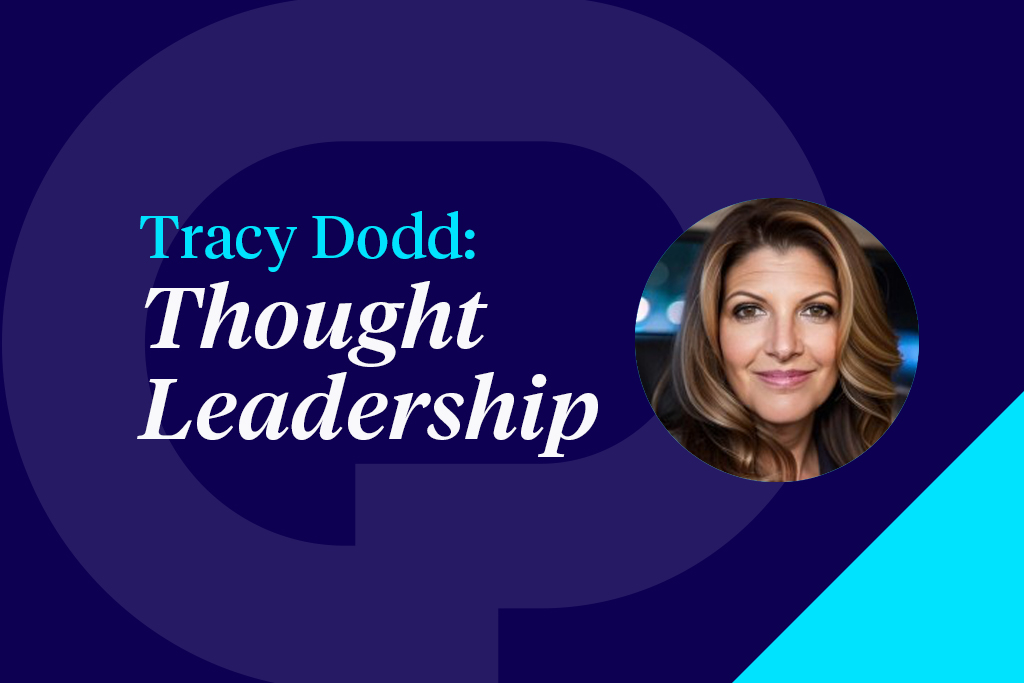This post originally appeared as part of Jessica Kriegel’s LinkedIn newsletter. Feel free to subscribe to that, if you’d like!
Every week, one or more of my colleagues at CULTURE PARTNERS is at a company somewhere, engaging with senior leaders on how to operationalize culture. What does that mean? Well, executives understand that the culture piece is important — which is a change from 15-20 years ago — but it’s not tangible enough to them. Executives understand cash flow and EBITDA and run rates. They realize culture is meaningful, and they’ve seen stats from McKinsey & Company and others about the impact of culture on financial returns. (We also have some of those stats.) But they don’t know how to put that into practice, as they would with other strategies.
Some of this confusion also comes from the period around 2010 when many confused “culture” with “perks,” largely because of how Silicon Valley companies were approaching employee engagement after the ’08 recession. Think of nap pods, waffle bars, and everyone’s favorite — foosball.
“Perks” and “culture” are not the same thing. By now, most executives get that. But they still don’t know how to make culture an operational mindset.
Part of the problem here comes from the definition of “culture,” which varies greatly depending on which thought leader or YouTube personality or publication you most follow. Some think “culture” is just the mission statement on the walls or the “About Us” page; that’s not it, and that’s too limiting. Some think it’s recognizing people at all-hands meetings; that’s part of it, but it’s not that either.
We recently did some research on “The Future of Culture.” We’re not ready to release the full research yet but we did ask about important inputs to culture. Then we broke those responses down into three seniority groups:
- Executives
- Managers
- Individual contributors/employees
In the IC bucket, people respond that the biggest driver of “culture” was leadership. Makes sense, right? But in the executive bucket, those respondents thought macroeconomic conditions were the biggest driver of culture.
There’s a lack of alignment there.
What would help is a standard definition. At Culture Partners, we use this:

Everything begins with the experiences of the people who work at a company. Those experiences flow upward into beliefs, which become actions, which ultimately become results. But a negative experience creates negative beliefs, and as those move upward, the results aren’t there. If you create a bedrock of positive experiences, you eventually build a strong, results-driven culture.
That’s the standardized definition we use to guide these engagements.
Here’s an example of this in action, at Novelis:




